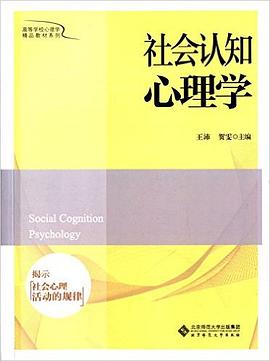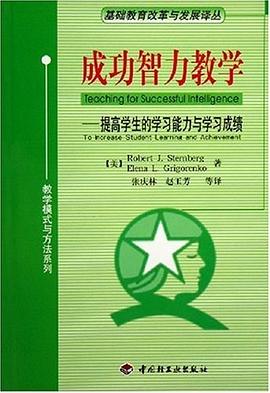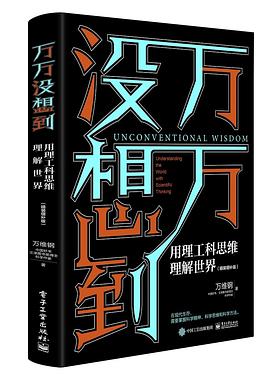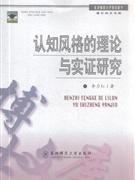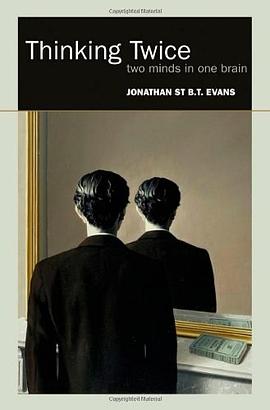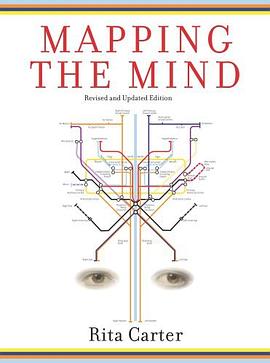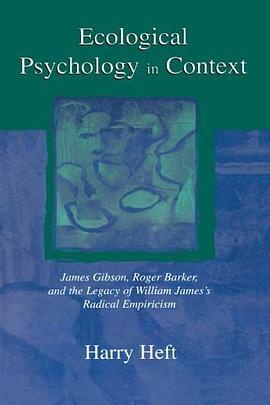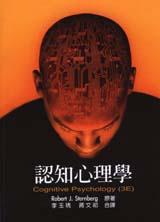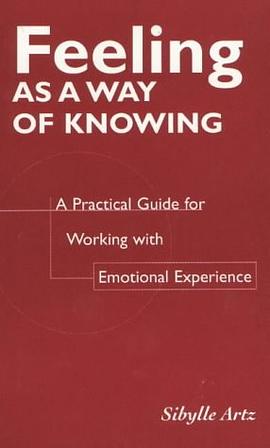

具体描述
Feeling, emotion, and passion are the "stuff" of everyday experience. This guidebook helps the reader understand emotions in a two-step approach. First, common assumptions about emotion are examined in order to arrive at a deeper understanding of current approaches to emotion, especially as these exist in the fields of psychology and counseling. Second, a new framework for working with emotional experience is presented. These ideas are developed in five chapters. Chapter One provides a historical overview of psychological perceptions of emotion. In the past, emotion has been classified as a neurophysiological response, as psychic energy, or as caused by antecedent events, among other theories. In the second chapter, "feeling as a way of knowing" is explored. Distinctions are drawn between feeling and emotion and a diagnostic tool provides readers a method to identify ways they structure experience. Case studies and moral issues are also presented. In the third chapter the reader discovers some of the etymological connections to emotions. This chapter features an emotions vocabulary list, a vocabulary exercise, and strategies on using words. Chapter four presents a six-step strategy for discerning meaning in emotional experiences, while the last chapter describes ways to create a shared understanding of feeling and emotions. (RJM)
Affective Behavior;Attitudes;Cognitive Processes;Cognitive Psychology;Cognitive Structures;Emotional Experience;Emotional Response;Experiential Learning;Foreign Countries;Intuition;Learning Processes;Psychological Patterns;Psychological Studies
作者简介
目录信息
读后感
评分
评分
评分
评分
用户评价
相关图书
本站所有内容均为互联网搜索引擎提供的公开搜索信息,本站不存储任何数据与内容,任何内容与数据均与本站无关,如有需要请联系相关搜索引擎包括但不限于百度,google,bing,sogou 等
© 2026 book.wenda123.org All Rights Reserved. 图书目录大全 版权所有


